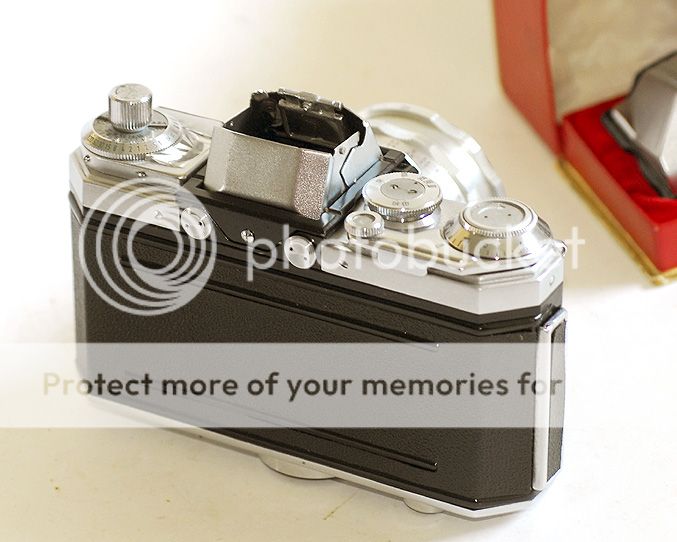compur
Been spending a lot of time on here!
I found this late 1950s German "Astraflex 1000" SLR at a yard sale today here in Southern California. It's a rare name variant of the Wirgin Edixa Reflex cameras. The seller had no idea what it was but I am familiar with the Edixa SLRs and, since they all pretty much look alike and since I've owned several of them, I recognized it immediately but I've never come across the "Astraflex" variant before. Currently I also have an "Edixa-Mat Reflex" which looks nearly identical but with a different lens and, of course, a different name.

These cameras use M42 mount lenses and this one includes a Zeiss Jena 50/2.8 Tessar pre-set type lens.

This Astraflex included a prism finder and waist level finder. Most of the Edixa SLRs have this interchangeable finder feature. Shutter speeds of this model range from 1/25 to 1/000. As with most of these Edixa SLRs the shutter release is located on the front (which I'm not wild about but it's OK when you get used to it).
This camera is in very good cosmetic condition but needs a little TLC. The shutter is sluggish and the selenium meter is not responsive. Nothing unusual there. Still, not bad at all for a 60 year old camera.

Edixa cameras in general were popular in Germany due to their affordable prices but not many were exported to the USA. I would call their build quality "adequate" -- rugged but without the fine finish and mechanical tolerances of the top German brands. The lenses were from various German manufacturers -- Zeiss Jena, Isco, Steinheil, etc.

These cameras use M42 mount lenses and this one includes a Zeiss Jena 50/2.8 Tessar pre-set type lens.

This Astraflex included a prism finder and waist level finder. Most of the Edixa SLRs have this interchangeable finder feature. Shutter speeds of this model range from 1/25 to 1/000. As with most of these Edixa SLRs the shutter release is located on the front (which I'm not wild about but it's OK when you get used to it).
This camera is in very good cosmetic condition but needs a little TLC. The shutter is sluggish and the selenium meter is not responsive. Nothing unusual there. Still, not bad at all for a 60 year old camera.

Edixa cameras in general were popular in Germany due to their affordable prices but not many were exported to the USA. I would call their build quality "adequate" -- rugged but without the fine finish and mechanical tolerances of the top German brands. The lenses were from various German manufacturers -- Zeiss Jena, Isco, Steinheil, etc.

 Even the case looks minty.
Even the case looks minty.
![[No title]](/data/xfmg/thumbnail/40/40298-08fb67b2f2c98625b8ff8dcb00ed42a8.jpg?1734174708)









